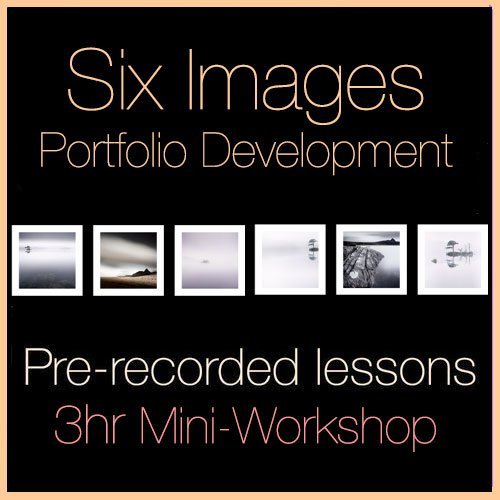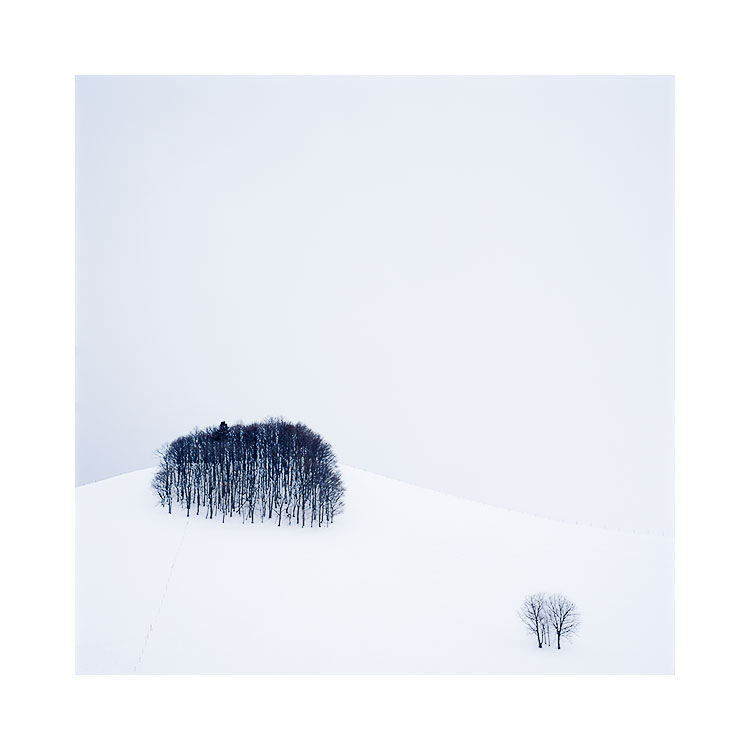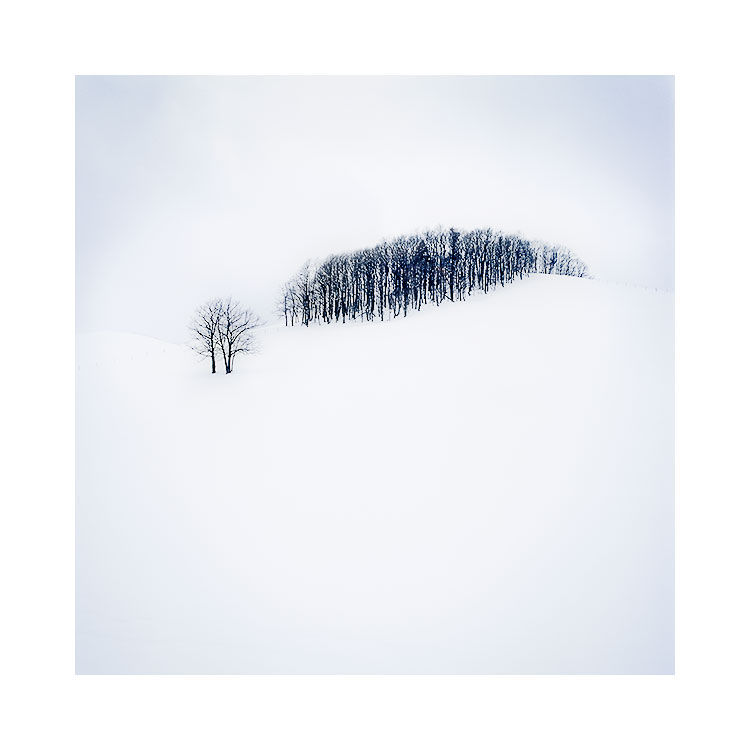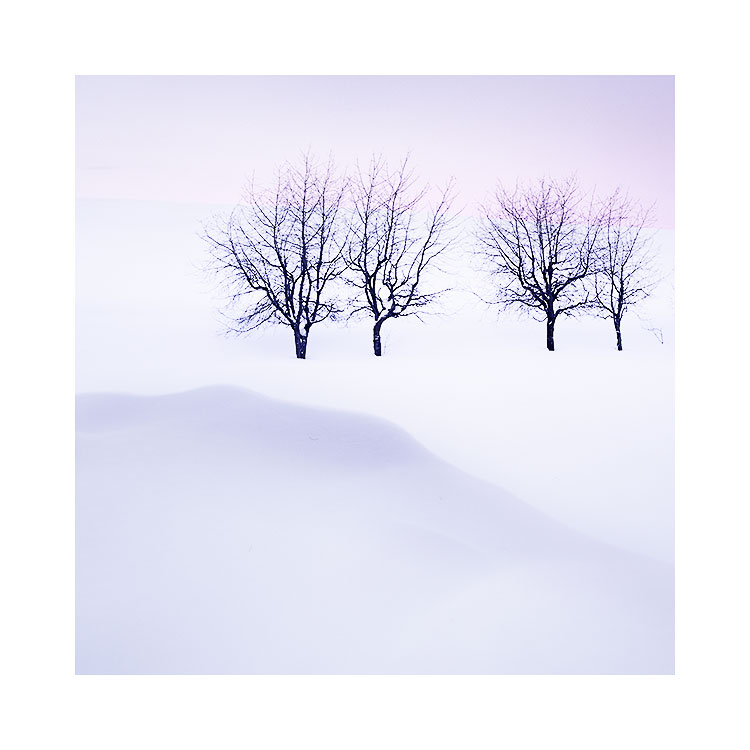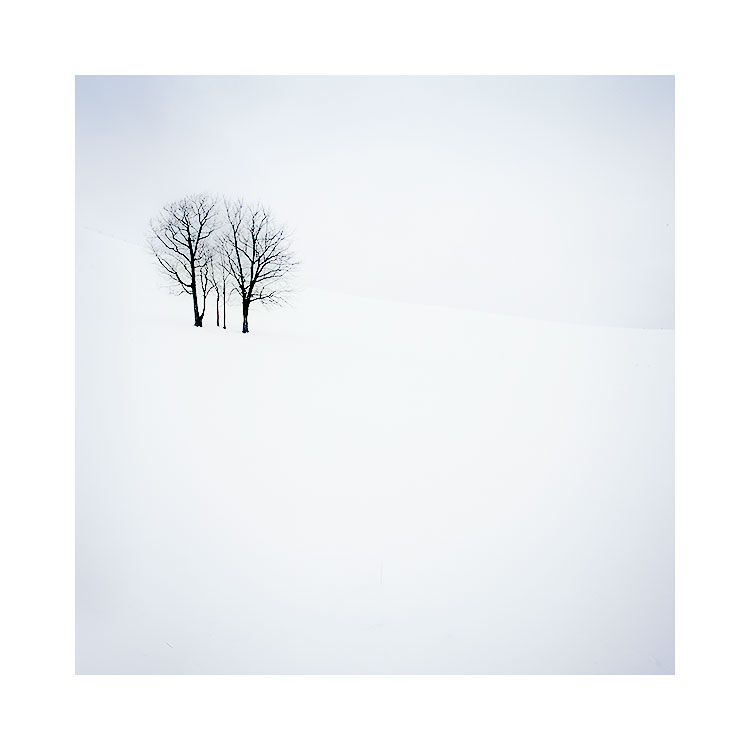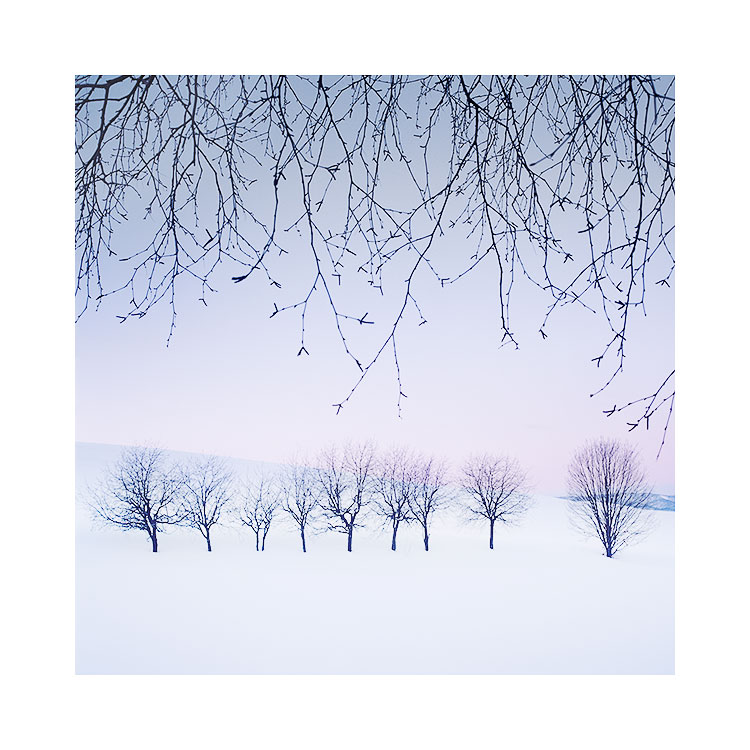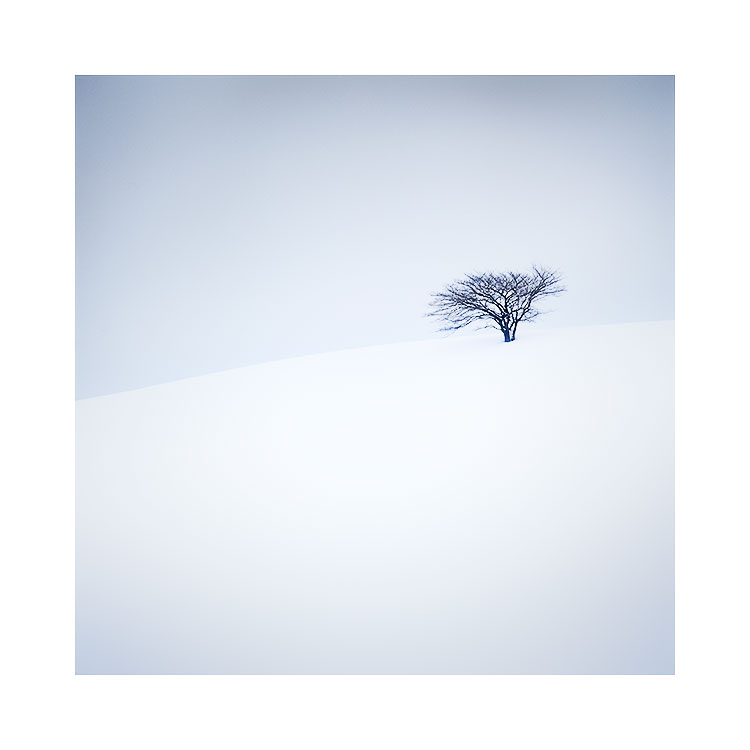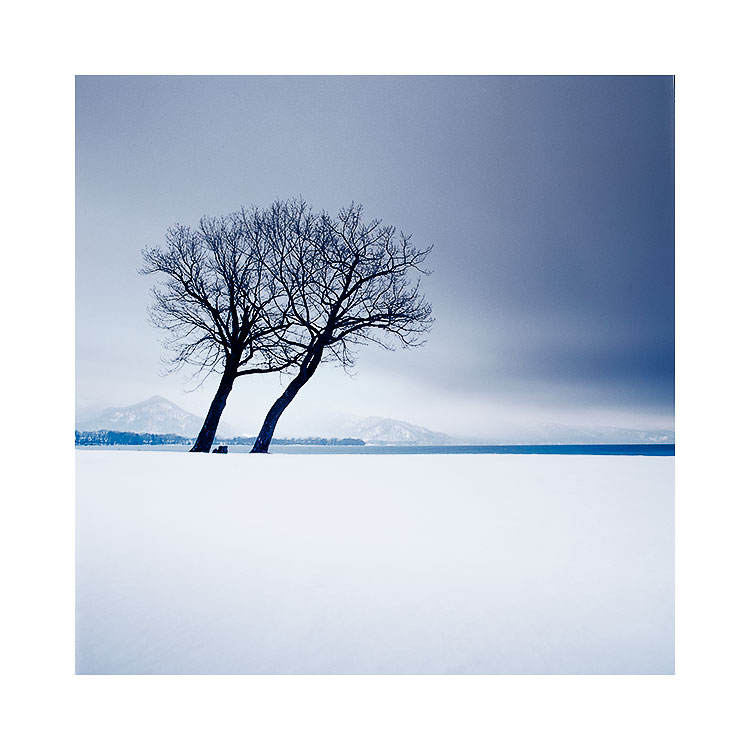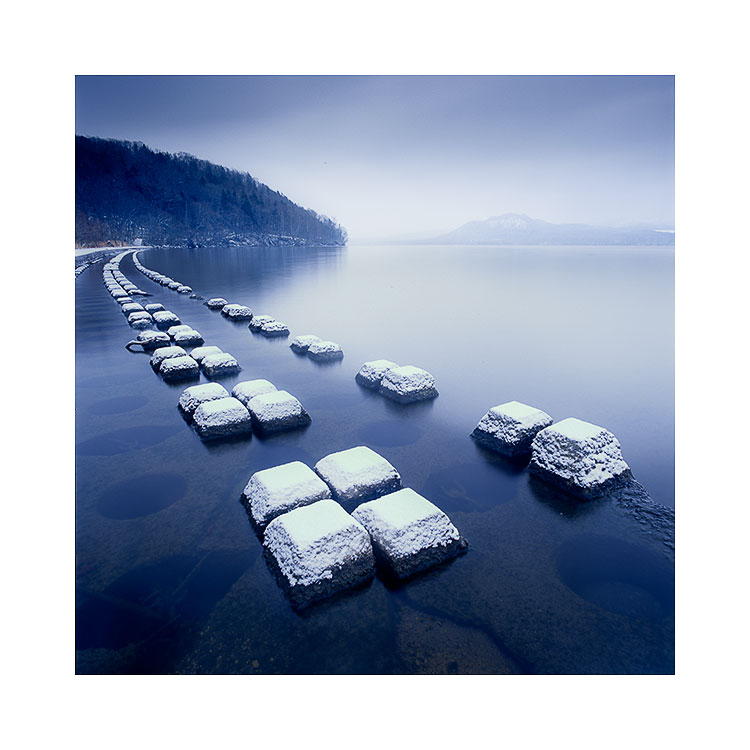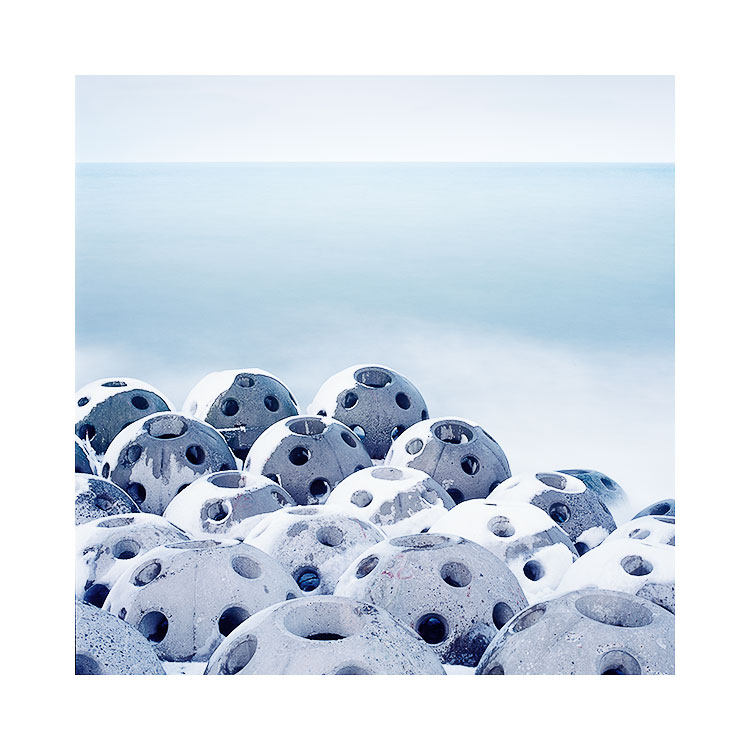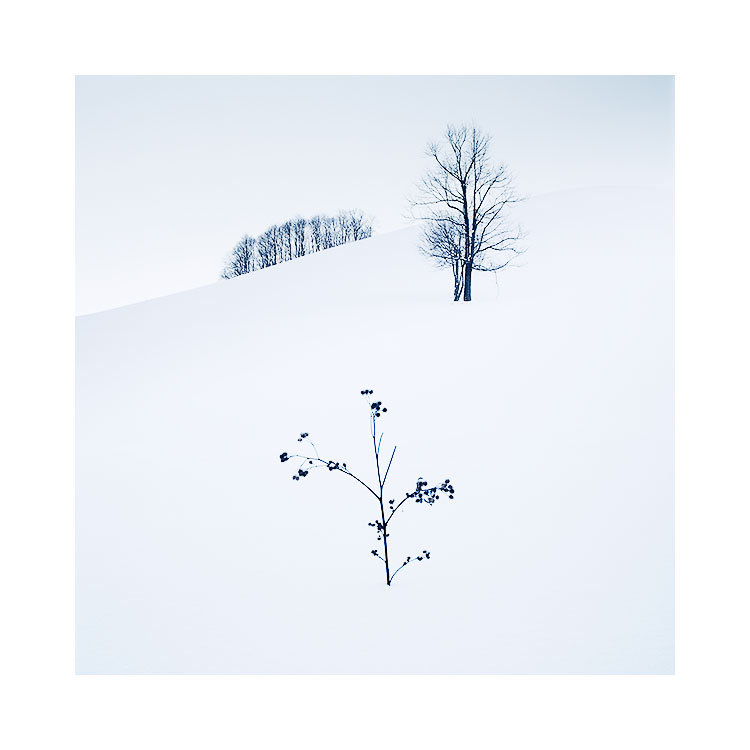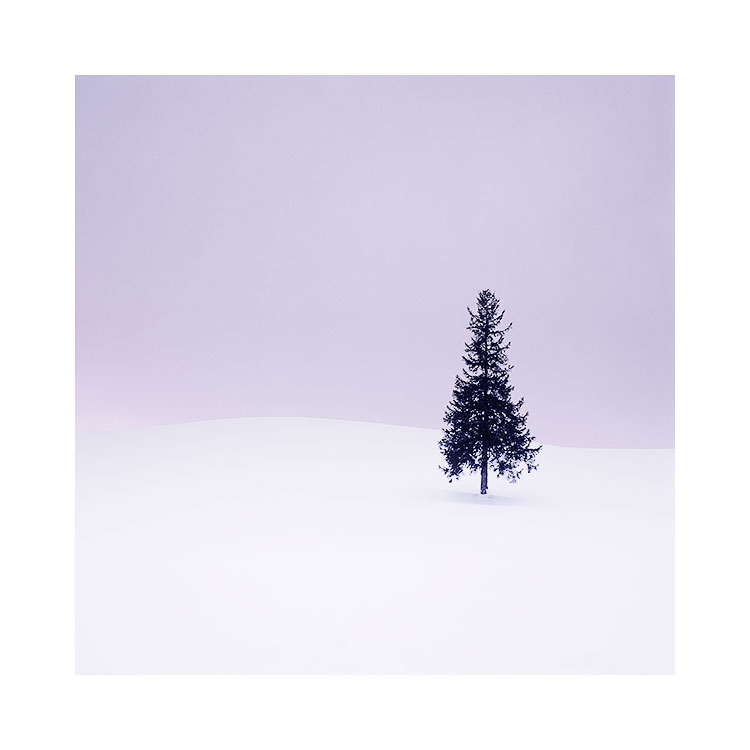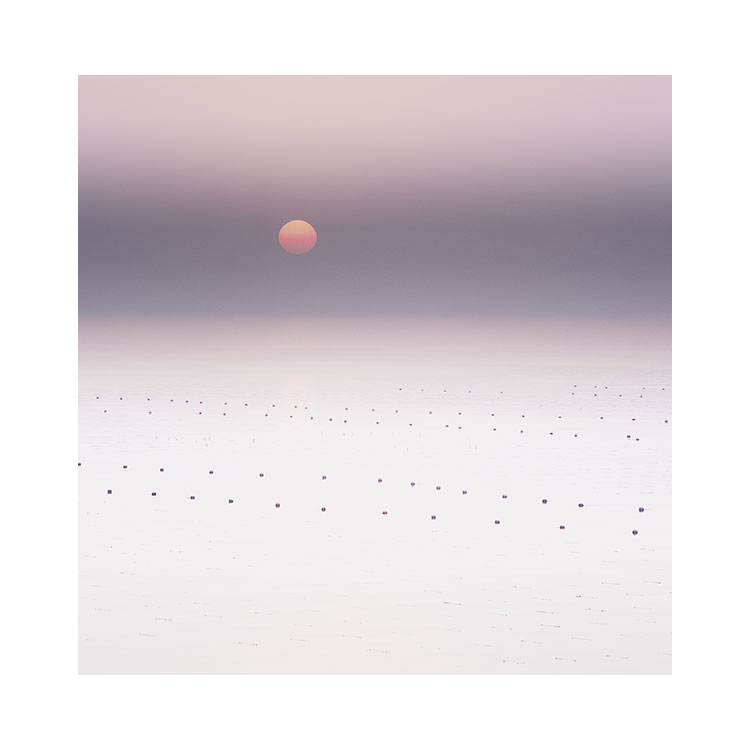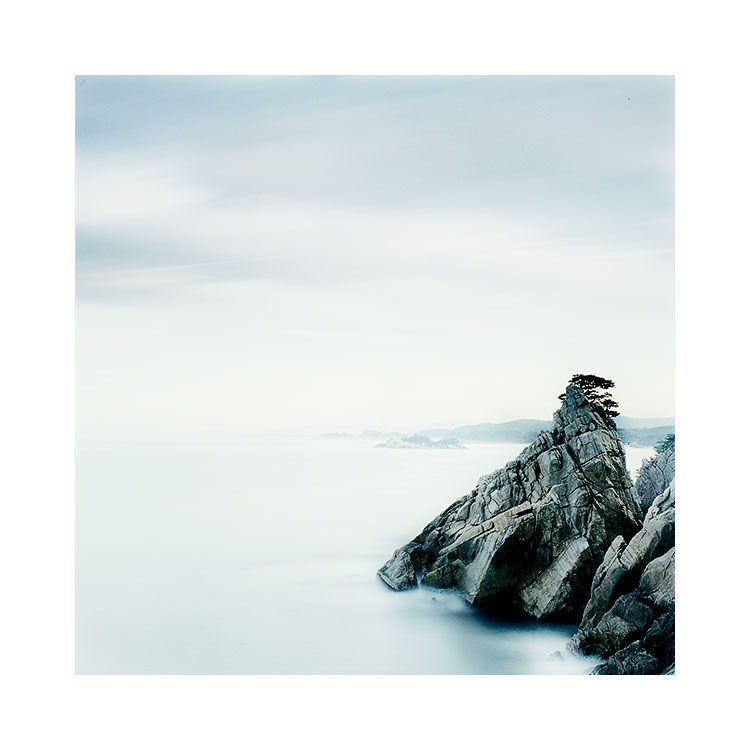I’ve finished working on my new video class. The first class will be published 2nd December. The class is now available to register for.
I’d love to offer a portfolio development class each summer while I am taking a break from my workshops. My view is that even if you’ve done the previous portfolio class, there is much value in repeating the same concepts and theories with a different set of images. Attending one class does not make an expert.
I have found that my 5-day Digital Darkroom workshop that I offer, many participants come back to repeat the class, and have told me that they find it a ‘good refresher’ to do each year.
If I had my way, I’d prefer / love for all my workshop participants to come on my Digital Darkroom workshop, or to attend one of these on-line tutorial classes, because then it would make for easier communication on my regular workshops. I think this is the foundation of what I do.
Six Images - Portfolio Class 2022
Portfolio Development 3-Lesson Mini Workshop
3 x 1-hour lessons on the art of building a cohesive set of images.
Price: £175
Recorded Lessons Package
This course consists of nine videos, and three Q&A sessions. You will learn how to edit and ‘tune’ your images to make a cohesive set.
Lesson 1 - Foundation
Containing 4 videos (total time 40 minutes)
This session contains four foundation classes on the concepts of editing.
1. editing in a nutshell
2. obtaining smooth tones & depth
3. compositional focus
4. creating 3D space
Q&A for Lesson 1
Lesson 2 - Four Images
Containing 4 videos (total time 1 hour)
This session contains four videos, each 15 minutes long, for each image edited and discussed.
1. Image One
2. Image Two
3. Image Three
4. Image Four
Q&A for Lesson 2
Lesson 3 - Final Images & Portfolio Tuning
Containing 3 videos (total time 1 hour)
1. Image Five
2. Image Six
3. Portfolio tuning
Q&A for Lesson 3

